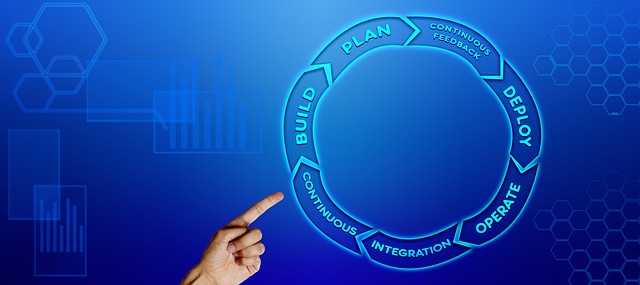
The IT Guide to Desktop Application Development in Informational Technology
In the rapidly evolving world of informational technology, the role of desktop applications has never been more crucial. As businesses seek to enhance their operational efficiency, the demand for robust desktop application development continues to grow. Desktop applications are software designed to run on a PC or workstation, delivering a rich user experience and seamless integration with hardware resources.
One of the most compelling aspects of desktop application development is its versatility. Developers in this space can create sophisticated applications for diverse uses—from productivity tools and media players to complex data management systems that bolster business processes. The journey begins with a clear understanding of the target audience and the specific needs that the application will address. User research and gathering feedback play an essential role during this phase.
With the growing need for cross-platform solutions, tools such as Electron or .NET are becoming increasingly popular. These frameworks allow developers to craft applications that can run on various operating systems, providing consistency in performance and user experience. Additionally, leveraging programming languages like C#, Java, or Python can further streamline the development process. Each language comes with its strengths, and picking the right one is critical for the overall architecture and success of the application.
The desktop application development lifecycle generally follows a systematic approach that includes planning, design, development, testing, and deployment. A well-structured plan helps in visualizing the project scope and timelines, which is fundamental in managing resources effectively. The design phase requires careful consideration of the user interface (UI) and user experience (UX). Crafting an intuitive UI/UX not only attracts users but also enhances productivity as users become more comfortable with the application.
Development is where the real magic happens. Here, coding and implementation take center stage. This phase requires close collaboration between developers, designers, and stakeholders to ensure the application meets functional requirements. During development, integrating APIs and third-party services can significantly enrich application functionality, enabling seamless data exchanges between different platforms.
Testing is a non-negotiable part of the desktop application development process. Comprehensive testing strategies—ranging from unit tests and integration tests to user acceptance testing—must be employed to ensure that the application runs smoothly across various environments. Feedback collected during testing phases should feed back into the development cycle, making iterative improvements possible.
Once an application passes all testing stages, it’s time for deployment. This phase may involve releasing the application to users via digital marketplaces or distributing it through corporate channels. It’s crucial to have a defined rollout strategy that also considers user onboarding and training to ensure seamless adoption.
Even after deployment, the job isn’t quite done. Continuous monitoring and maintenance of the application are necessary to address any issues that may arise post-launch. Providing regular updates not only enhances functionality but also builds user trust, fostering long-term relationships.
In summary, the landscape of desktop application development within the realm of informational technology is rich and diverse. With the right tools, practices, and mindset, developers can create applications that not only meet user expectations but also drive innovation and efficiency within organizations. Engaging in this stimulating process is not just about coding; it’s about making a tangible impact in the world of IT.


